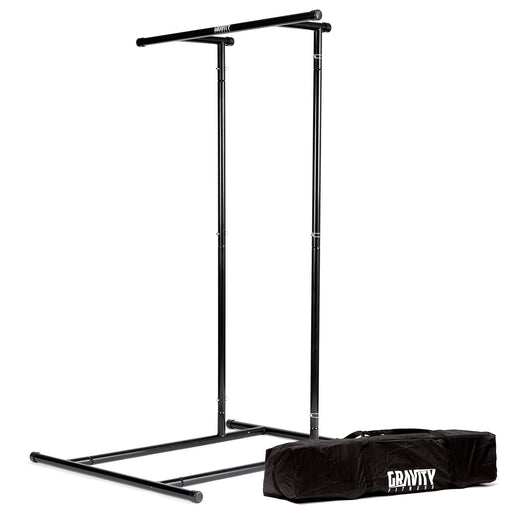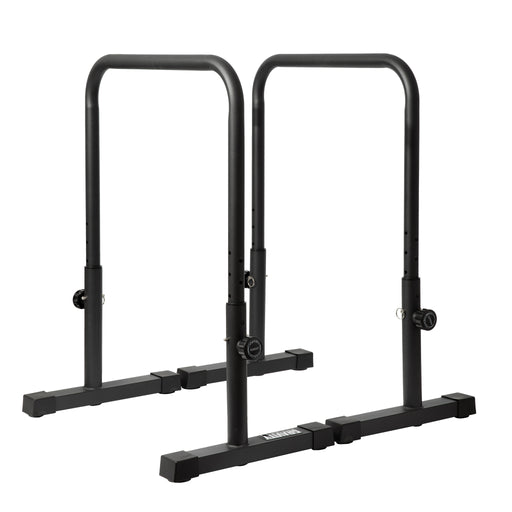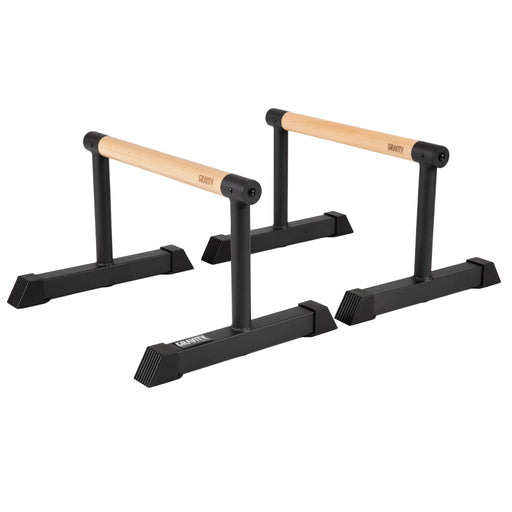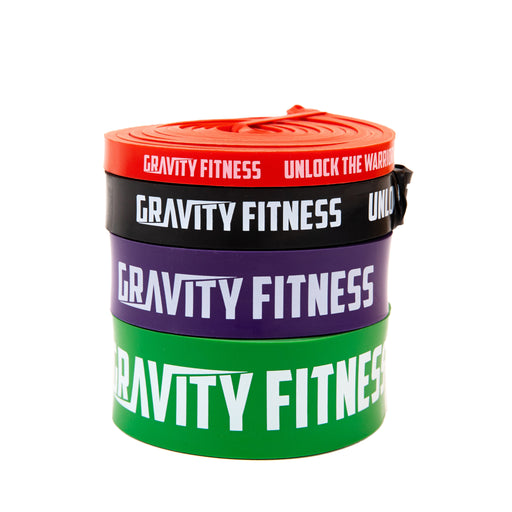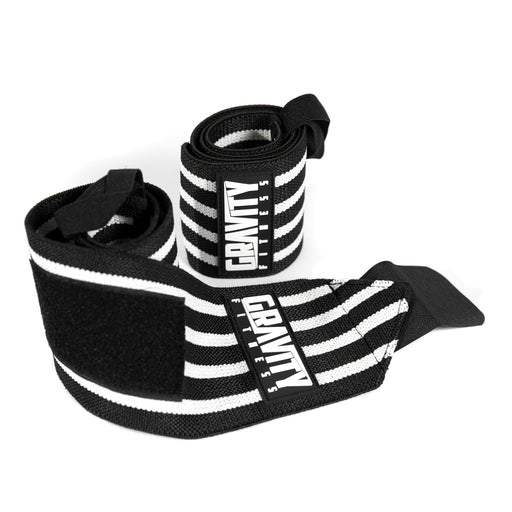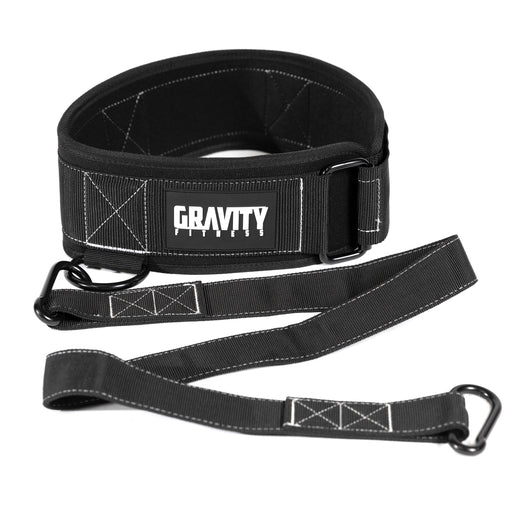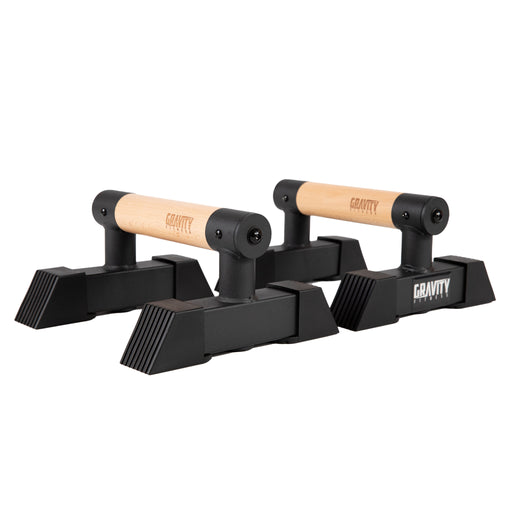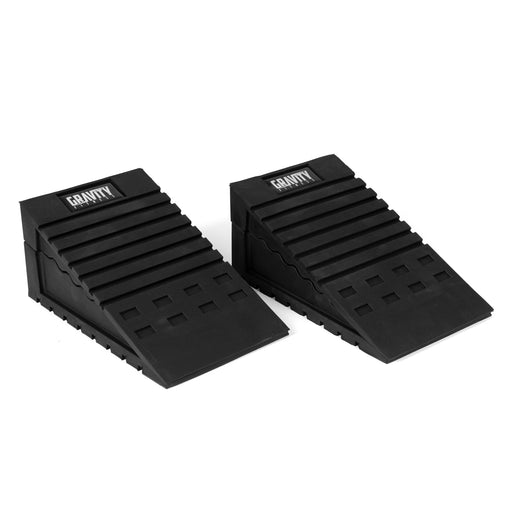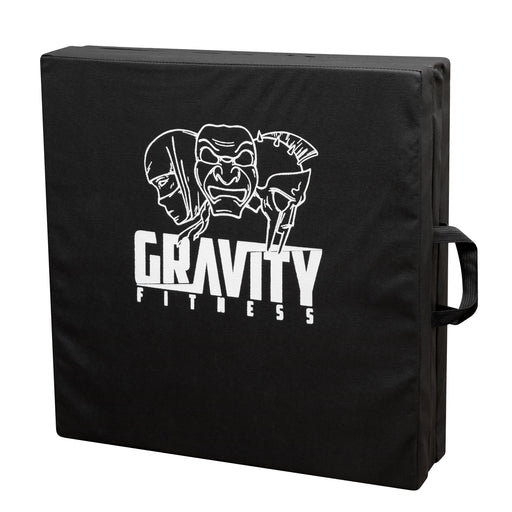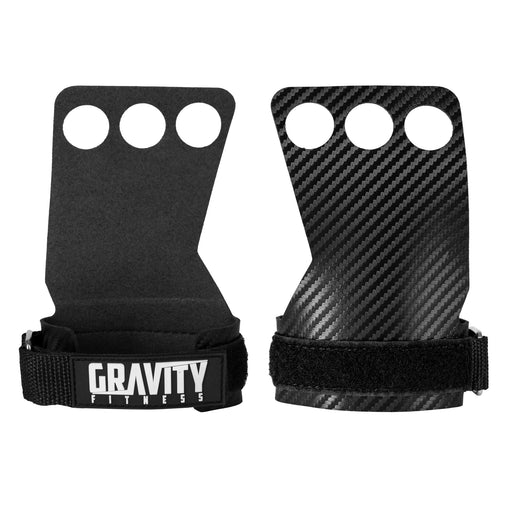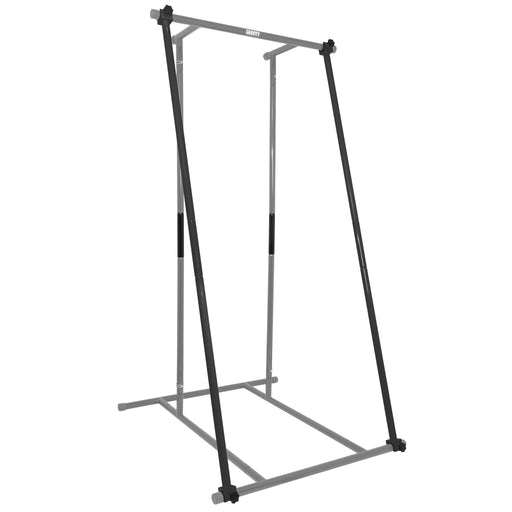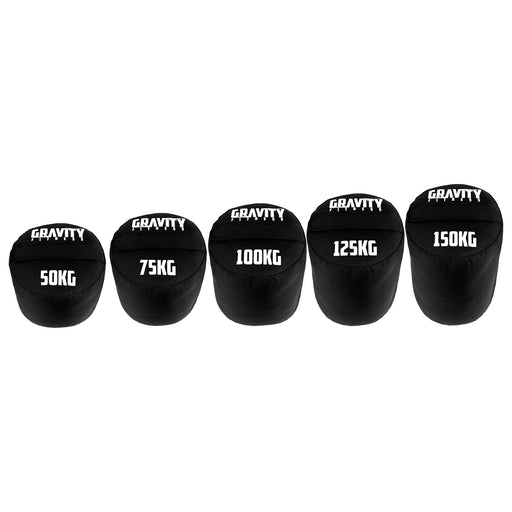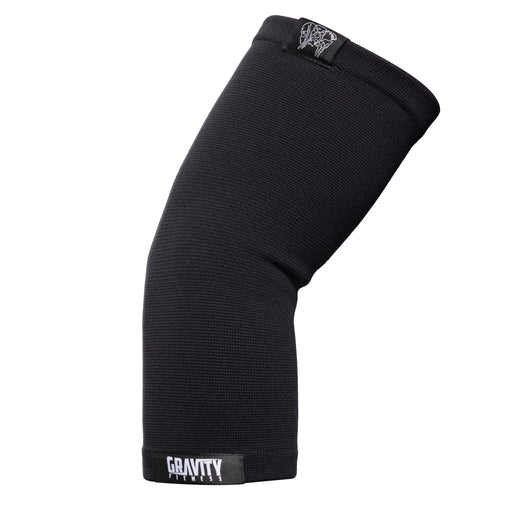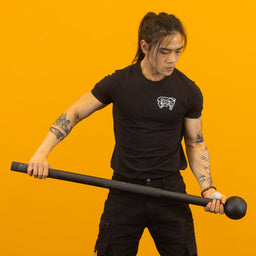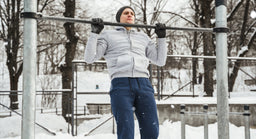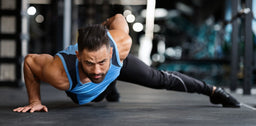
Mobility Training: The Missing Piece In Most Strength Programs
Let’s get one thing straight. Most people who train are pretty strong. A lot of them are even fit. But very few move well.
And that's where mobility comes in.
Mobility training is one of the most underrated tools in the entire fitness world. Everyone talks about getting stronger, leaner, faster — but very few talk about building joints that actually move properly. Until, of course, something breaks.
The truth is: mobility isn't a “nice to have.” It’s not just for yogis or over-50s trying to stay limber. If you care about getting stronger, staying pain-free, and performing at your best for decades, mobility work has to be part of your program.
What Is Mobility (And Why Most People Get It Wrong)
Let’s clear up one big misunderstanding straight away.
Mobility isn’t flexibility. Flexibility is passive — it's how far your muscles can stretch when you're relaxed. Mobility is active — it's how well you can control your joints through a full range of motion while under tension.
You can be flexible and still have awful mobility. That’s why some people can touch their toes but still throw their back out when they pick up a heavy box.
Mobility is about control. Stability. Joint strength. Smooth, efficient movement patterns. It’s what allows you to squat deep without your knees caving in, overhead press without impinging your shoulders, and pull up without grinding your joints to dust.
In other words, it's what allows strength to work.
The Modern Mobility Crisis
Let’s not sugarcoat it — modern life is brutal for your joints.
We sit too much, stare at screens, round our shoulders, shorten our hip flexors, and weaken our backsides. The result? Most people walk into the gym already locked up.
-
Tight hips that can't move freely
-
Shoulders that can't fully rotate overhead
-
Ankles that restrict squat depth
-
Spines that barely flex or extend
And then we load heavy weights on top of all that dysfunction. No wonder injury rates are through the roof.
The fix isn’t to stop training. It’s time to start addressing the problem at the root: mobility.
Strength Without Mobility Is A Dead-End
Here’s the part nobody likes to hear:
You can get strong without mobility. But you won't stay strong.
You’ll hit a point where your progress stalls, your joints ache, and you’re constantly nursing little tweaks and strains. That’s your body screaming that you’ve built strength on top of bad movement patterns.
Mobility training keeps you moving efficiently as you get stronger. It protects your joints, improves your lifting mechanics, and makes every other type of training more effective.
Want to squat heavier? Improve your hip and ankle mobility.
Want stronger pull-ups? Work on shoulder and thoracic mobility.
Want to stay injury-free? Build active control through your full range of motion.
Why Mobility Is For Everyone (Not Just The Over-50 Crowd)
Too many people wait until things start hurting before they care about mobility.
Here’s a better idea: train mobility now, and you’ll have far fewer issues down the road. You’ll move better, lift better, recover faster, and stay pain-free for years to come.
This applies whether you’re:
-
25 and trying to build serious strength
-
35 and starting to feel a few aches creeping in
-
50+ and trying to stay active for life
Mobility isn’t age-dependent. It’s performance-dependent.
The Gravity Fitness Approach To Mobility
At Gravity Fitness, we’ve always maintained: your body is your best piece of equipment.
Mobility training fits that perfectly. You don’t need tons of expensive gear. You don’t need to spend hours in a yoga studio. You need simple, consistent work that teaches your body to move how it was designed.
Here’s how we approach it:
1. Daily Movement Snacks
You don’t need an hour. Start with 5-10 minutes a day. A few deep squats. Shoulder openers. Hip stretches. Active hangs. Consistency beats volume.
2. Integrate It Into Strength Work
Use mobility drills as part of your warm-up or between sets. Hip openers before squats. Scapula work before pull-ups. Thoracic openers before overhead pressing.
3. Train Full Range Of Motion
Don’t stop at 90 degrees if your joints allow more. Full range squats. Deep push-ups. Full extension pull-ups. Strengthen the end ranges safely.
4. Don’t Neglect The Small Stuff
Ankles. Wrists. Elbows. Shoulders. Hips. These smaller joints often limit bigger lifts. Target them directly.
5. Use The Right Tools
This is where Gravity Gear shines. Parallettes for wrist mobility. Rings for shoulder stability. Pull-up bars for spinal decompression and active hangs.
The 5 Essential Mobility Drills We Recommend
If you want a simple starting point, here’s a Gravity-approved routine:
1. Deep Bodyweight Squat Hold (2-3 mins total)
Opens hips, ankles, and thoracic spine.
2. Active Hangs From Pull-Up Bar (30-60 sec)
Decompresses the spine, strengthens the shoulders.
3. Couch Stretch (60 sec per side)
Opens hip flexors, improves posterior chain activation.
4. Thoracic Extensions Over Foam Roller (10-15 reps)
Restores upper back mobility for better overhead movement.
5. Wrist Extension Stretch (30 sec each way)
Crucial for push-ups, handstands, and Parallettes work.
Done consistently, this little sequence alone will transform how you move and feel in your training.
Mobility Is An Investment In Longevity
The goal isn’t just to lift heavier this year. The goal is to still be strong, active, and pain-free decades from now.
Mobility training is the insurance policy most lifters ignore — until it’s too late.
The good news? You don’t need to overhaul your entire routine. You just need to start layering mobility into your training now, before your body forces you to.
Gravity Fitness was built for this. Our equipment isn’t just for strength — it’s for total body control. The kind of control that keeps your joints healthy and your strength useful, year after year.
If you want to move better, feel better, and train harder for longer, start making mobility part of your program. Your future self will thank you.
